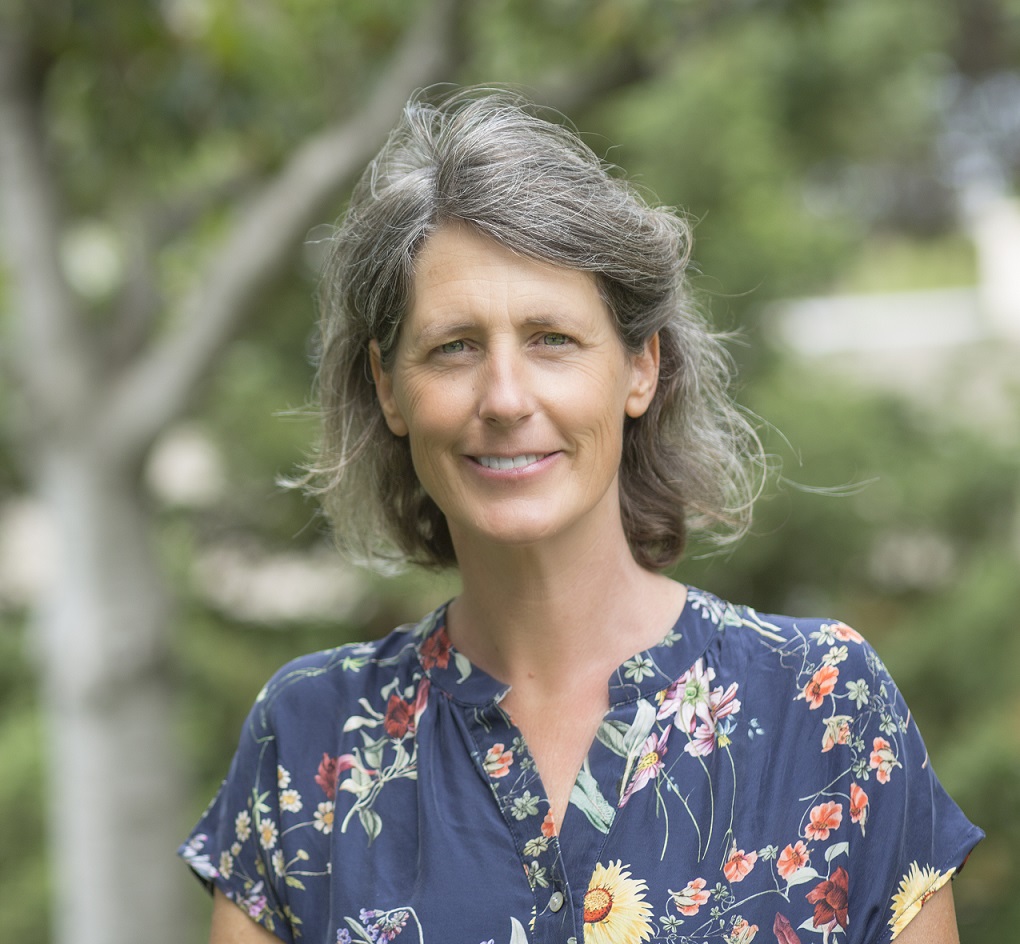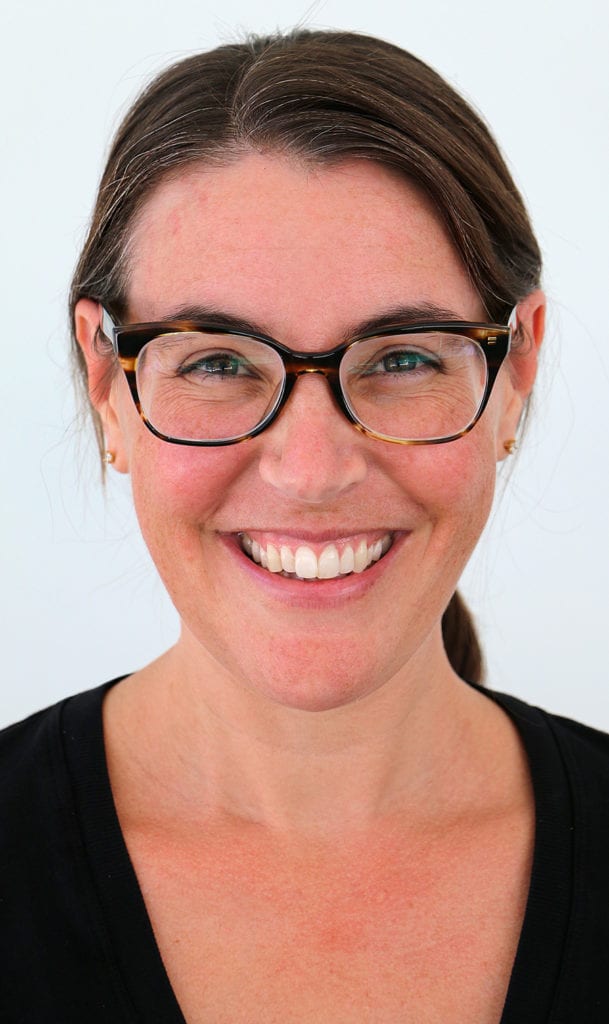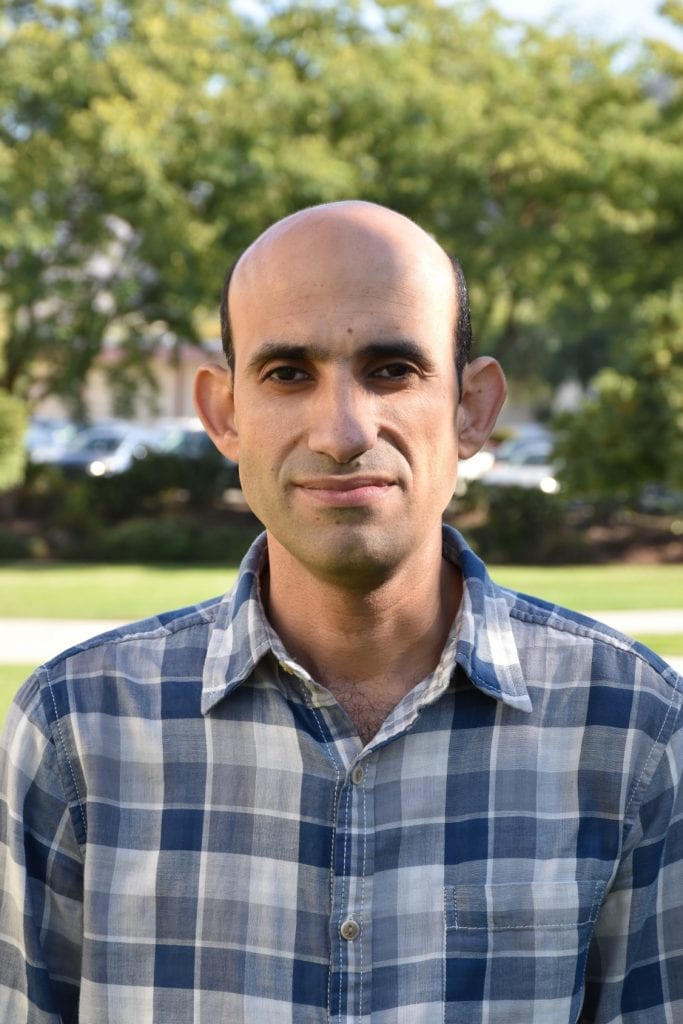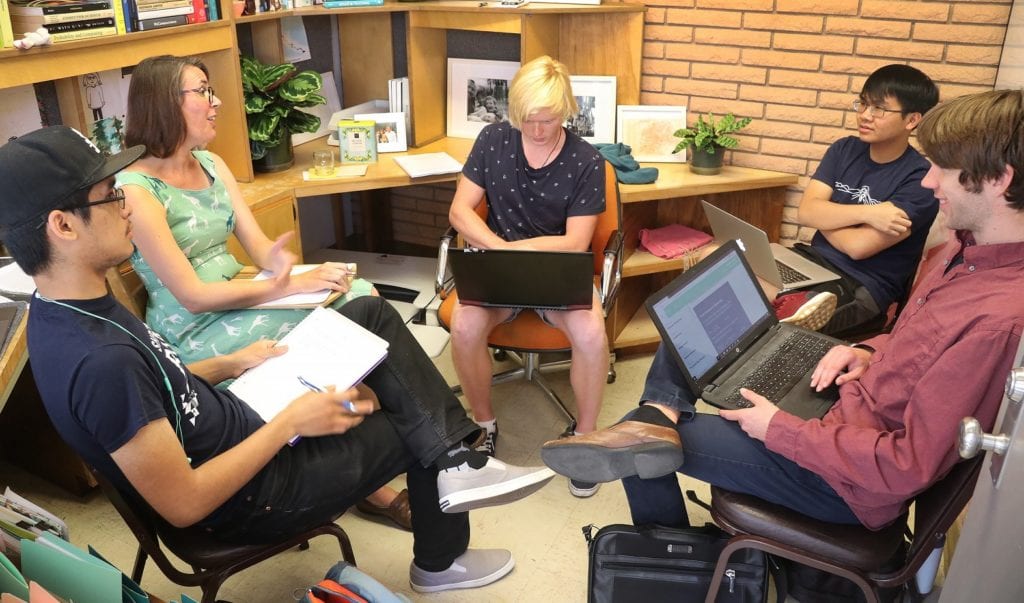Three of the ten projects awarded money from the university’s Research, Scholarly, and Creative Activity (RSCA) program are from the College of Engineering, tackling issues that include energy harvesting with granular crystal chains, academic collaboration networks and the use of nanosensors to detect water pathogens.
The RSCA program, supported by funds from the Provost’s Office and the Chancellor’s Office, is intended to help faculty remain engaged in their disciplines beyond the classroom and to contribute new knowledge to their field. This year, 82 proposals were submitted, and ten were awarded money.
That includes the following College of Engineering projects:
A Roadmap to Energy Harvesting Using Granular Crystal Chains, Efstathios Charalampidis (Mathematics) and Siyuan (Simon) Xing (Mechanical Engineering)

The goal of this project, Xing said, is to study localized nonlinear waveforms in granular crystals.
“The granular crystals are a chain of interacting particles that have elastic deformation when they collide,” he said. “Such particles have extremely tunable properties and can be used for energy harvesting applications. We will use analytical and computational methods to extract material properties and sensor locations that could maximize energy conversion.”
Xing said he is interested in the project because it can lead to practical applications and involve interdisciplinary research from mathematics, physics, and engineering.
“Through this project, we can bring together students from fundamentally different background and provide them with a rich interdisciplinary experience for learning and scientific exchange and collaboration.”
Comparing Academic Collaboration Networks (with a Lens on Diversity), Theresa Migler and Zoë Wood (Computer Science & Software Engineering)

Wood and Migler are looking at collaboration patterns among academics, particularly among Cal Poly researchers, Migler said.

“I have been working with students on constructing and analyzing the network of Cal Poly collaborations,” Migler said. “Zoë has been working with students to build and study the larger network of University of California collaborations. We are excited to better understand the ways in which academic researchers collaborate in STEM fields.”
In addition to studying how scientific work is conducted, the pair will also examine equity among scientific collaborations.
“We specifically propose to examine these networks with a focus on variance and similarities between teams that include female and under-represented faculty members,” Migler said. “Ultimately, we strive to understand how to bolster and support collaborations for these faculty members.”
Development of Recyclable Nanosensors for Rapid and Low-Level Detection of Water Pathogens, Amro El Badawy (Civil and Environmental Engineering); Jean Lee (Materials Engineering); Marie Yeung (Biological Sciences)

Water-borne pathogen contamination is a major water quality concern throughout the world, according to the National Institutes of Health. And this project seeks to develop a cost-effective sensor to detect pathogens in water in a very short amount of time, El Badawy said.
“We will use nanotechnology to achieve this goal,” he said. “The sensor is a colorimetric one. This means that when pathogens are present in water, the water sample will change color. If successful, this sensor will provide a simple platform for detecting microbes in water.”

Such a sensor could be very helpful in underserved places around the world where there is no access to electricity or laboratories to conduct the conventional microbial testing, he added.
“For example, Engineers Without Borders implement drinking water projects in developing countries, and they have difficulty conducting on-site testing for the pathogen levels in the source water as well as the treated water.”


